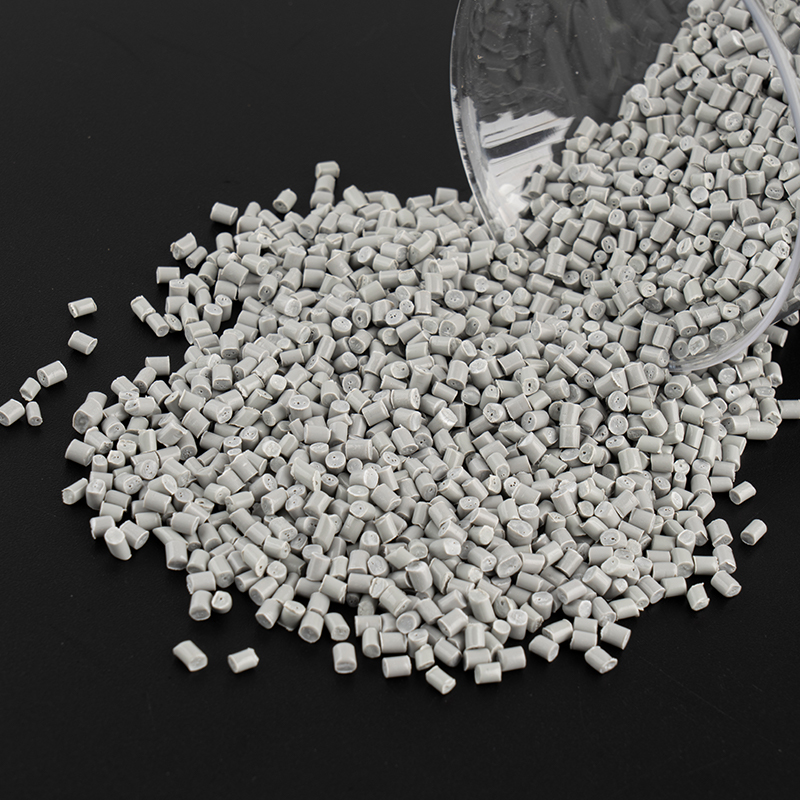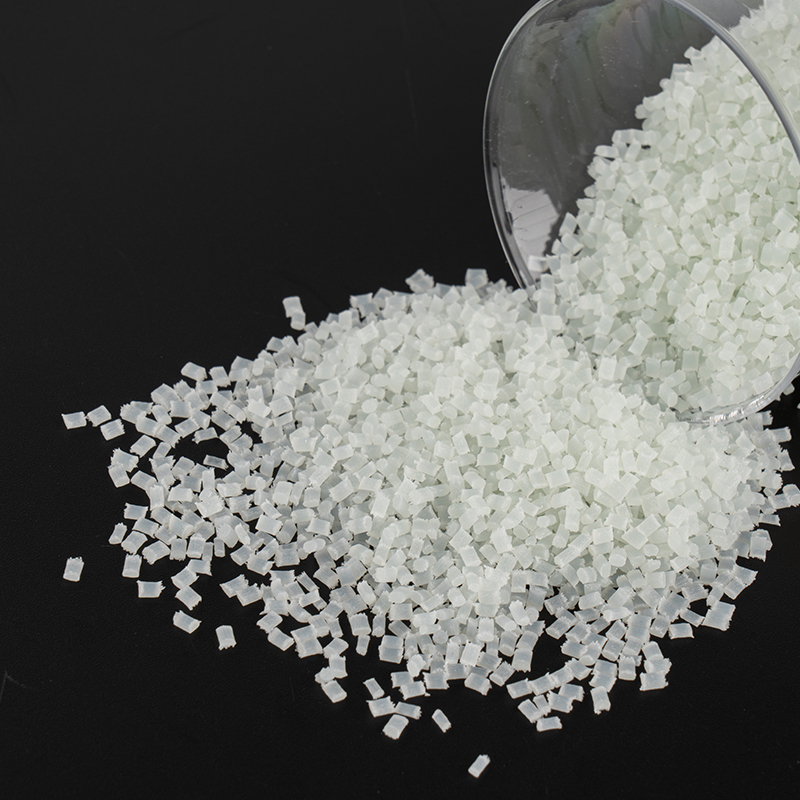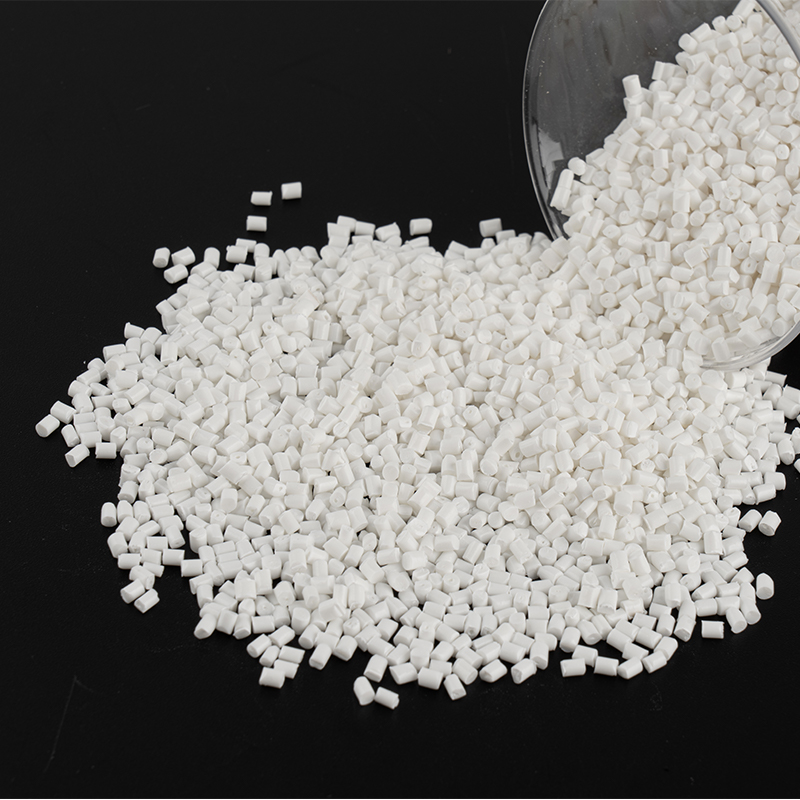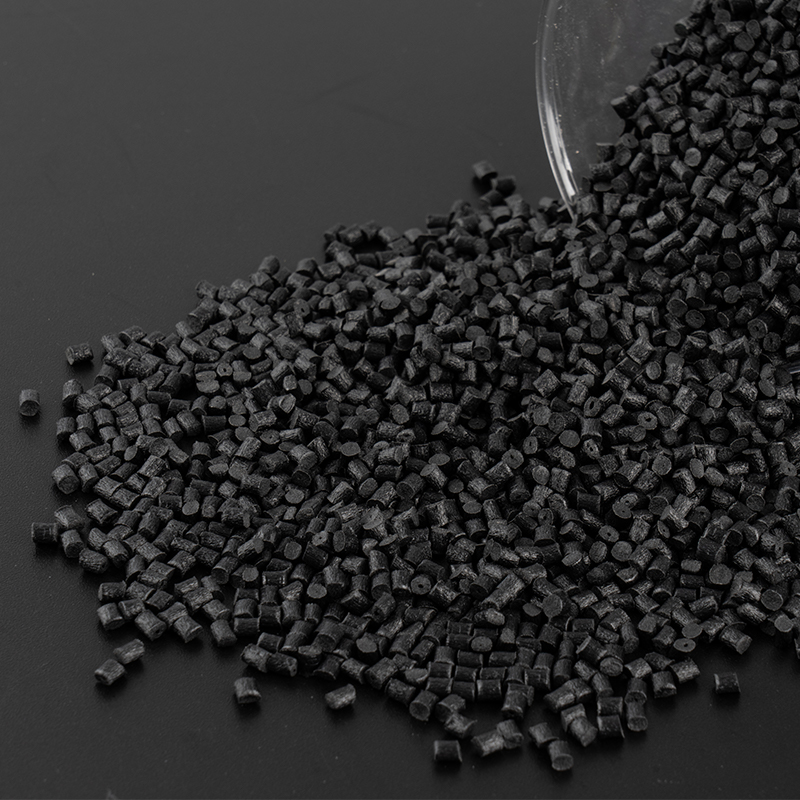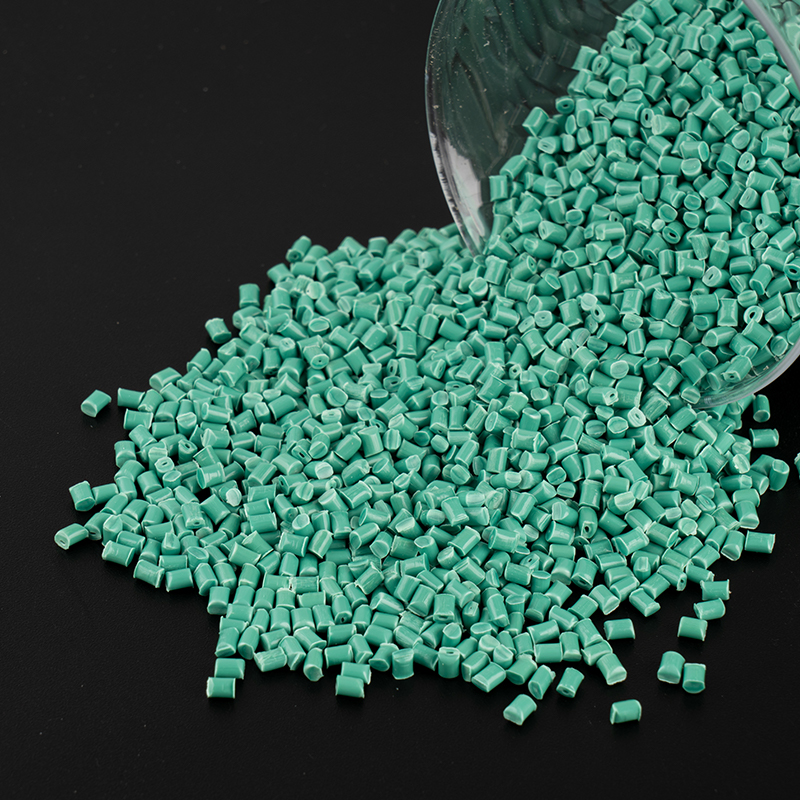Automotive Industry
Application Components
In the automotive industry, modified engineering plastics are widely used in components such as engine covers, bumpers, dashboards, radiator grilles, and fuel system parts. These components often require high strength, lightweight, and heat resistance simultaneously.
Reasons for Use
The automotive sector has very strict material requirements. On one hand, manufacturers aim to reduce vehicle weight to improve fuel efficiency and lower carbon emissions; on the other hand, automotive parts need to withstand high temperatures, vibration, and friction over long periods. By adding fillers or reinforcements such as glass fiber or carbon fiber, modified engineering plastics can significantly improve mechanical strength, heat resistance, and wear resistance, making them an ideal substitute for metal materials.
Typical Advantages
- Lightweight: Plastic components can reduce weight by 30%–50% compared to traditional metal parts.
- Corrosion Resistance: Excellent performance under rain, salt spray, and chemical exposure.
- Processing Flexibility: Can be molded into complex shapes through injection molding or extrusion.
Electronics and Electrical Industry
Application Components
In the electronics and electrical sector, modified engineering plastics are commonly used for motor housings, switches, connectors, insulation components, and PCB substrates.
Reasons for Use
Electronic products require materials with excellent electrical insulation, flame retardancy, and dimensional stability. Modified engineering plastics meet these precision requirements and maintain stable performance under high-temperature conditions.
Typical Advantages
- High Flame Resistance: Can withstand fire hazards caused by short circuits or overheating.
- Dimensional Stability: Components retain shape over long-term use, facilitating precision assembly.
- Chemical Resistance: Resistant to cleaning agents and other chemicals.
Aerospace
Application Components
In aerospace, modified engineering plastics are used in aircraft interiors, structural components, fuel system parts, and sensor housings.
Reasons for Use
Aerospace components require materials with lightweight, high strength, and high-temperature resistance. Compared to metals, modified engineering plastics significantly reduce weight while meeting structural safety standards, making them a key material in modern aerospace manufacturing.
Typical Advantages
- Lightweight: Reduces fuel consumption and operational costs.
- High-Temperature Resistance: Maintains performance near engines and in high-heat environments.
- Corrosion Resistance: Protects against fuel and chemical exposure.
Mechanical Manufacturing
Application Components
In mechanical manufacturing, modified engineering plastics are used for gears, bearings, valves, pump bodies, and conveyor components.
Reasons for Use
Mechanical parts often endure high loads and friction. Modified engineering plastics offer wear resistance and low friction, maintaining stable performance over prolonged operation and reducing maintenance costs.
Typical Advantages
- High Wear Resistance: Extends component lifespan.
- Low Friction: Reduces energy consumption and wear.
- Chemical Resistance: Suitable for chemical processing and conveying equipment.
Medical Devices
Application Components
In medical devices, modified engineering plastics are used for surgical instrument housings, diagnostic equipment casings, and sterilizable plastic parts.
Reasons for Use
Medical devices require materials that are non-toxic, sterilizable, strong, and chemically resistant. Modified engineering plastics meet these standards and can replace metals or glass in certain applications.
Typical Advantages
- Non-toxic: Complies with medical safety regulations.
- Sterilizable: Can withstand steam or chemical sterilization.
- High Strength: Ensures durability of medical instruments.
Construction and Home Appliances
Application Components
In construction and home appliances, modified engineering plastics are used for plumbing fittings, electrical conduits, window profiles, and furniture components.
Reasons for Use
Construction materials must offer weather resistance, corrosion resistance, and long service life. Modified engineering plastics fulfill these requirements and provide flexibility for design and processing.
Typical Advantages
- Excellent Weather Resistance: Suitable for indoor and outdoor use under varying temperatures and UV exposure.
- Corrosion Resistance: Ideal for plumbing and electrical conduits.
- Processing Flexibility: Can be manufactured to meet diverse design requirements.
Energy and Environmental Sector
Application Components
In the energy and environmental sector, modified engineering plastics are applied in wind turbine blades, solar panel supports, and chemical equipment components.
Reasons for Use
Energy and environmental equipment require materials with corrosion resistance, high-temperature tolerance, and UV resistance. Modified engineering plastics can operate reliably in harsh environments, increasing the lifespan of equipment.
Typical Advantages
- Corrosion Resistance: Suitable for chemical and marine environments.
- High-Temperature Resistance: Performs well under high operational temperatures.
- UV Resistance: Ensures long-term durability of outdoor equipment.
Comparison Table of Modified Engineering Plastics Applications
| Industry | Typical Application Components | Main Advantages |
| Automotive | Engine covers, bumpers, dashboards | Lightweight, heat resistant, corrosion resistant |
| Electronics & Electrical | Motor housings, switches, PCB substrates | Electrical insulation, flame retardant, dimensional stability |
| Aerospace | Aircraft interiors, structural parts, sensor housings | Lightweight, high strength, heat resistant |
| Mechanical Manufacturing | Gears, bearings, valves, pump bodies | Wear resistant, low friction, chemical resistant |
| Medical Devices | Surgical instrument housings, diagnostic casings | Non-toxic, sterilizable, high strength |
| Construction & Home Appliances | Plumbing fittings, conduits, window profiles | Weather resistant, corrosion resistant, flexible processing |
| Energy & Environmental | Wind turbine blades, solar supports, chemical equipment | Corrosion resistant, heat resistant, UV resistant |






